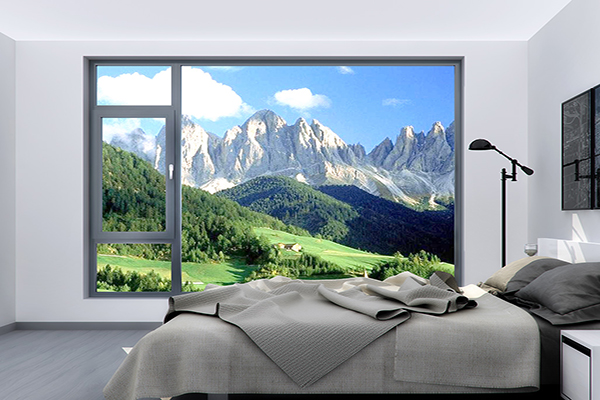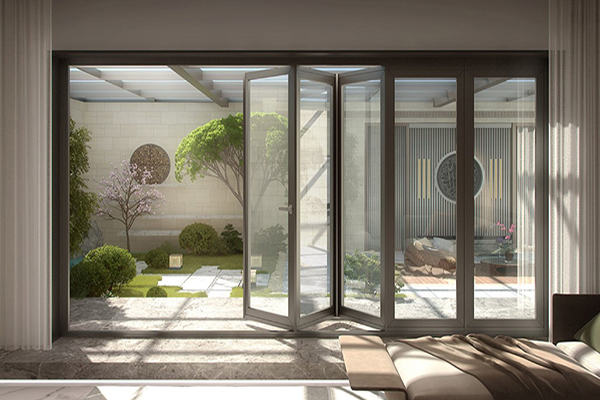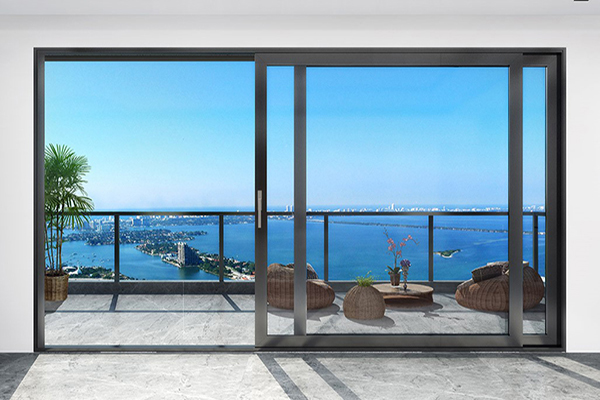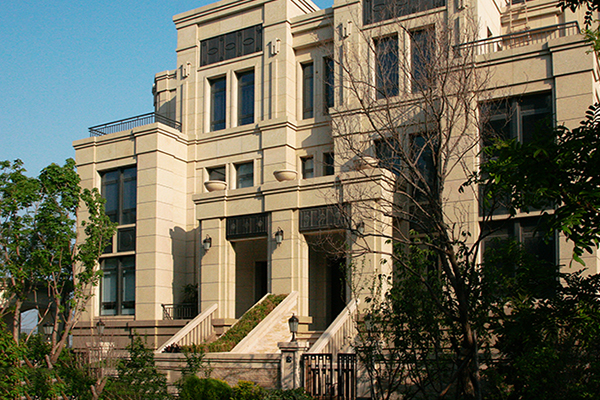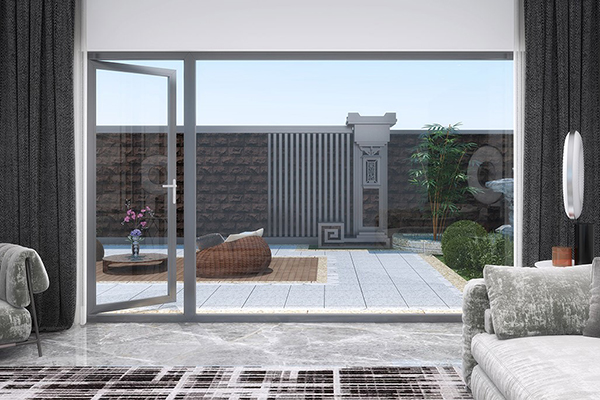Multiple Combinations of Casement Windows
Casement windows, with their timeless hinged design and outward-opening functionality, have long been celebrated for their elegance and practicality. One of their most compelling attributes, however, is their versatility in combining with other window styles to create eye-catching effects. Whether paired with fixed panes, awning windows, or even sliding designs, casement windows offer architects and homeowners a creative palette to enhance both the visual appeal and utility of a space. This adaptability makes them a standout choice in modern and traditional architecture alike, allowing for bespoke arrangements that elevate a building’s character. This article delves into the multiple combinations of casement windows, exploring how they can be integrated with other styles to achieve stunning results, while highlighting their practical and aesthetic advantages.
The Basics of Casement Windows
Casement windows are defined by their side-mounted hinges, which allow them to swing open like a door, typically operated by a crank or lever. This design provides full ventilation and unobstructed views, distinguishing them from sliding or fixed windows. Their simplicity and functionality make them a versatile foundation for creative combinations. Installed individually, they add charm to small spaces; in pairs, they create symmetry and grandeur. However, their true potential shines when they are thoughtfully paired with other window types, transforming walls into dynamic features that balance form and function.
The ability to combine casement windows with other styles stems from their clean lines and adaptable proportions. Whether crafted from aluminium, wood, or vinyl, their frames can be customized in size, finish, and orientation to complement a variety of architectural elements. This flexibility opens the door to endless possibilities, enabling designers to craft arrangements that suit specific needs—be it maximizing light, enhancing airflow, or creating a striking visual statement.
Combining Casement Windows with Fixed Panes
One of the most popular combinations is pairing casement windows with fixed panes. Fixed windows, which don’t open, provide large, uninterrupted glass surfaces that flood interiors with natural light and frame expansive views. When flanked by operable casement windows, they create a balanced composition: the fixed pane serves as a central focal point, while the casements on either side offer ventilation and interactivity. This arrangement is particularly effective in living rooms or dining areas, where a wide vista can be enjoyed without sacrificing airflow.
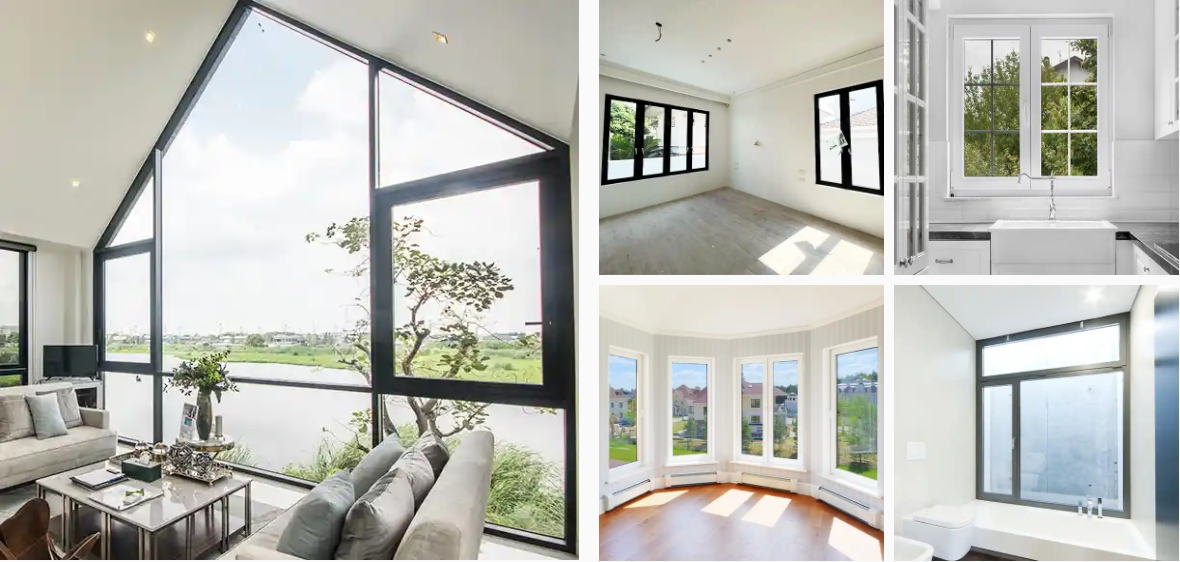
For example, imagine a floor-to-ceiling fixed window showcasing a scenic backyard, with two casement windows on either side. The fixed pane acts as a picture frame, while the casements provide practical access to fresh air. This combination not only enhances the room’s aesthetic appeal but also creates a sense of openness, making the space feel larger and more inviting. The sleek lines of modern casement frames, often made from durable aluminium, ensure the design remains cohesive and contemporary.
Pairing with Awning Windows
Another striking combination involves pairing casement windows with awning windows—hinged at the top and opening outward from the bottom. This duo offers a blend of vertical and horizontal movement, adding visual interest to a facade. Placing an awning window above a casement window, for instance, allows for ventilation even during light rain, as the awning’s overhang shields the interior. Meanwhile, the casement below provides full airflow and easy operation, making this pairing ideal for kitchens or bathrooms where moisture control is key.
The combination can also be reversed, with a casement window atop an awning, creating a tiered effect that draws the eye upward. This arrangement works well in taller spaces, such as two-story foyers or stairwells, where it accentuates height and adds architectural drama. The interplay of operable elements ensures functionality, while the varied shapes and angles create a dynamic, eye-catching design.
Mixing with Sliding Windows
For a more modern twist, casement windows can be combined with sliding windows, which glide horizontally along tracks. This pairing juxtaposes the outward swing of the casement with the lateral motion of the slider, offering a contrast in operation and form. A common application is placing a sliding window in the center of a wall, flanked by two casement windows. The slider provides wide, easy access to the outdoors—perfect for patios or decks—while the casements frame it symmetrically, enhancing ventilation and adding a touch of elegance.
This combination is particularly suited to minimalist or industrial-style homes, where clean lines and functional simplicity are prized. The smooth operation of high-quality casement hardware, paired with the effortless glide of a sliding track, ensures that the arrangement is as practical as it is visually appealing. The result is a versatile window wall that adapts to both aesthetic preferences and lifestyle needs.
Practical and Aesthetic Benefits
The multiple combinations of casement windows offer more than just visual appeal—they enhance a building’s functionality. By mixing operable and fixed elements, homeowners can fine-tune ventilation and light to suit specific rooms. For instance, a bedroom might feature a casement window for airflow beside a fixed pane for serene views, while a study could pair a casement with an awning for adjustable light and privacy. These combinations also improve energy efficiency, as tight-sealing casements reduce air leakage when closed, complementing the insulation of fixed or awning styles.
Aesthetically, these pairings create eye-catching effects that elevate curb appeal and interior ambiance. The interplay of shapes—rectangular casements, square fixed panes, or horizontal sliders—adds depth and rhythm to a facade. Customization options, such as frame colors, glass tints, or decorative grilles, allow these combinations to harmonize with any architectural style, from rustic farmhouses to sleek urban lofts.
Conclusion
Casement windows, with their hinged versatility, are a designer’s dream when it comes to crafting unique window arrangements. Their ability to be easily combined with other window styles—fixed panes, awnings, or sliders—unlocks a world of eye-catching effects that enhance both form and function. Whether creating a panoramic wall of glass, a tiered ventilation system, or a modern minimalist feature, these combinations offer endless possibilities for personalization and practicality. As a cornerstone of innovative design, casement windows prove that beauty and utility can coexist, transforming ordinary spaces into extraordinary showcases of architectural creativity.


